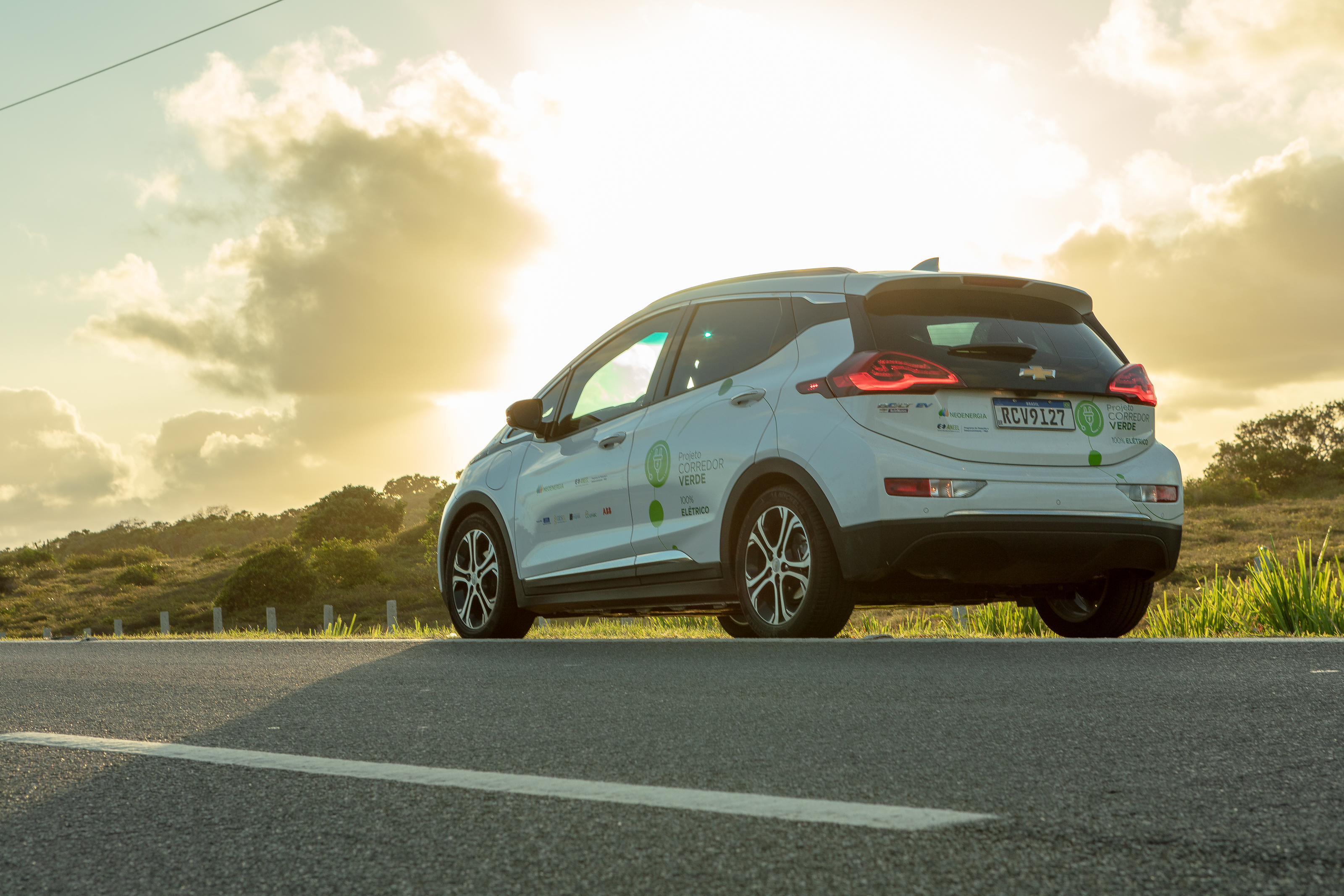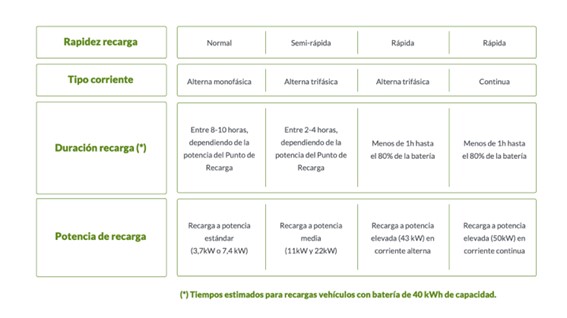
Charging stations
Electric vehicle charging stations, key to the future of sustainable mobility.
Transport, an essential factor in the fight against climate change, must be sustainable and every day steps are taken to achieve this goal. For this reason, the mobility of the future depends on the adoption of electric vehicles that do not emit greenhouse gases and, therefore, the existence of charging stations is fundamental and even more important than the renewal of the vehicle fleet itself.

Sample text
Sustainable Urban Mobility and the Electric Vehicle

Sustainable Urban Mobility and the Electric Vehicle
According to a Bloomberg report, the number of electric vehicles is expected to reach 116 million in 2030, or 30% of sales. This means that in this decade the infrastructure for charging points must be developed to the same extent.

What is an electric vehicle charging station
An electric vehicle charging station, known as eletroposto in Brazil, is basically a system that provides electrical energy to charge the battery of electric and plug-in hybrid vehicles, such as shared or private cars, trucks, buses or motorcycles. This type of station is usually located in public spaces, on any street or in shopping malls, generally in parking areas.
Little by little, these types of charging points will gain ground over gas stations, which, in some cases, will end up being converted. While the latter need underground reservoirs with thousands of liters of fuel that are pumped into each of the available hoses, the former only requires an electrical connection with sufficient power and a converter to manage the vehicle's recharging.

How does an electric vehicle charging station work
To charge the batteries of an electric car, unless there is a charging device at home, it is necessary to go to an electric vehicle charging station. Then, a series of steps must be taken to complete the charging process:
1. Activate the charging point with a cell phone app, or with an RFID card.
2. Connect the appropriate hose according to the type of charging.
3. Wait for the charging process is complete.
Sample text
Charging time for an electric car
Depending on the conversion and the available power, different types of charging will be available varying the time required:
Fast charging is the most expensive and is available at service and gas stations, shopping malls, and other public access points. They have an external current converter that allows direct current charging and use a different connection to mode 3 to allow a faster charging. They usually have a power equal to or higher than 50kW, allowing you to charge a car in less than 30 minutes.
In addition, within this mode 4, there are some ultra-fast charging points, which can provide up to 700 kW of power and charge 80% of the capacity in just six minutes. In some countries such as Israel, the Netherlands or China, charging stations have also been tested where a depleted battery can be replaced with a charged one in a few minutes, but they were unsuccessful due to the high cost and the lack of a standard battery for electric cars.

News
2026-01-14
Instituto Neoenergia destina mais de R$ 27 milhões em leis de incentivo para projetos sociais em 2025
2026-01-13
Neoenergia energiza último trecho da linha de transmissão Alto Paranaíba
2025-12-22
Neoenergia abre inscrições para sua primeira turma da Escola de Operadores do Centro de Operações Integradas
2025-12-19
Novo filme da Neoenergia sobre Natal reforça presença da marca com clientes
2025-12-12